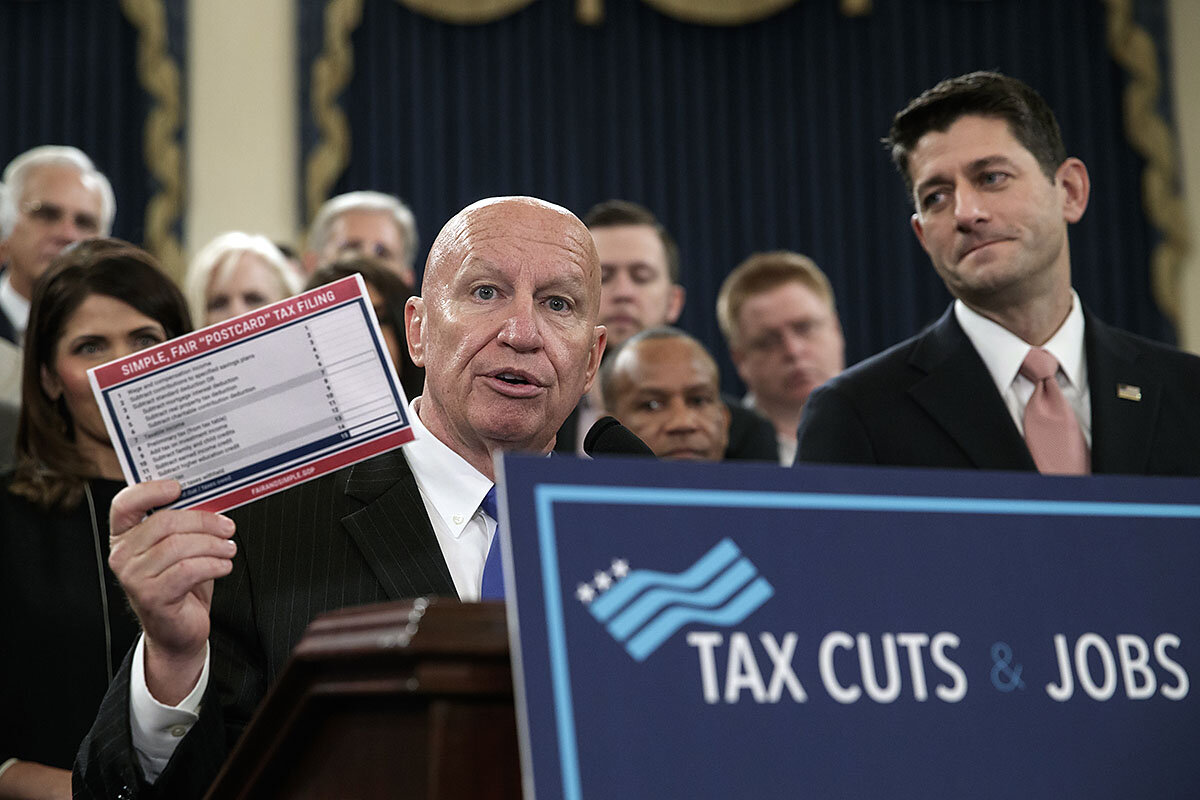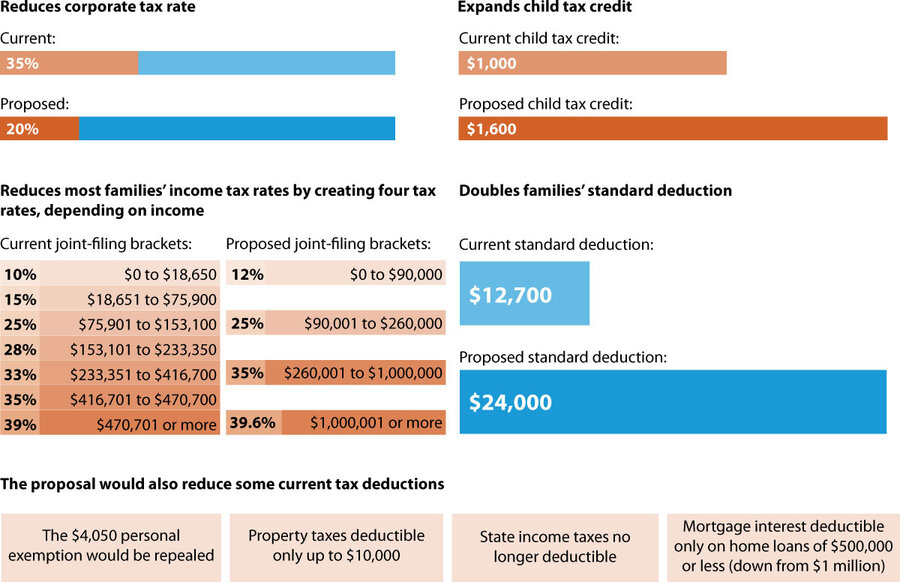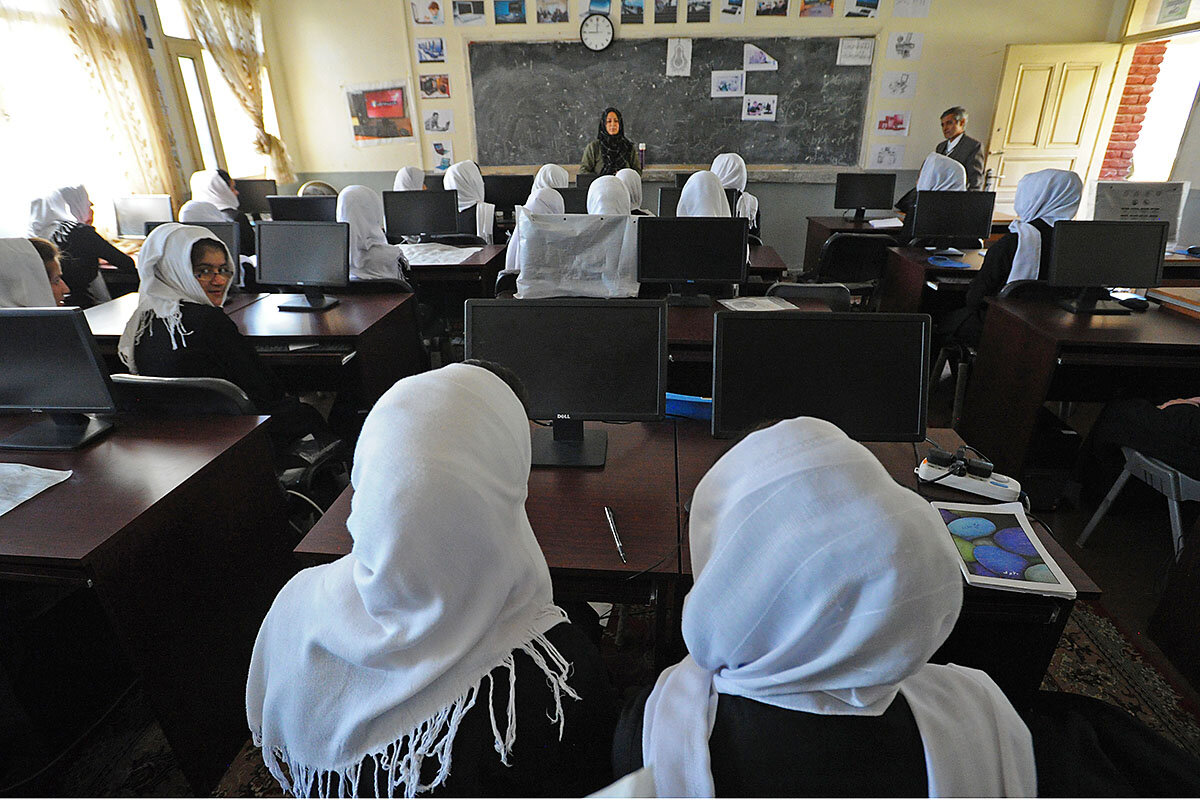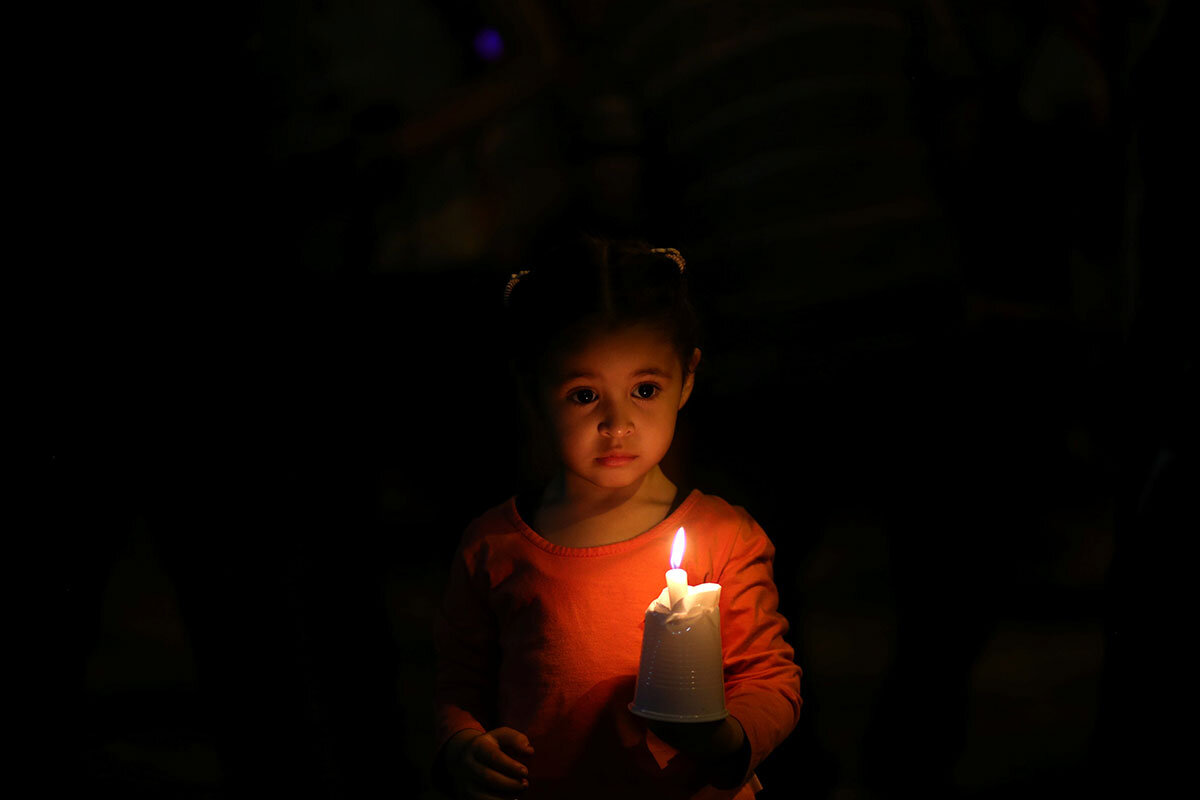Tax reform has a lot of appeal for Americans. But getting beyond the politics of it will be a major hurdle.
Monitor Daily Podcast
- Follow us:
- Apple Podcasts
- Spotify
- RSS Feed
- Download
 Amelia Newcomb
Amelia Newcomb
President Trump starts a five-country, 12-day trip to Asia this weekend. He’s heading to a region rattled by North Korea’s nuclear weapons and uncertainties over US policies. That’s why his itinerary in South Korea may send a welcome signal about how we can measure the true value in relationships.
Forgoing a visit to the DMZ, or demilitarized zone, that divides South and North, Mr. Trump will instead travel to Camp Humphreys, the $11 billion US base that Gen. Thomas Vandal dubbed "the crown jewel of overseas installations” when it opened in July. That visit will likely send an important message to President Moon Jae-in, who was well aware that candidate Trump chastised the South for getting a “free ride.” But in 2014, the United States and South Korea renewed a long-standing cost-sharing accord. It stipulated that the South would boost its contribution further, paying $847 million through 2018 toward maintaining the 28,500 US troops in South Korea. That's about half the cost. The South also put $8 billion toward relocation costs for Humphreys.
Troy Stangarone of the Korea Economic Institute said that "a visit [to Humphreys] sends a stronger signal about US commitment to defend South Korea." And Asia expert Jim Schoff added: “It's the big story of the alliance in recent times, and it's a great opportunity to highlight that."
Here are our five stories for today, intended to show justice, leadership, and scientific inquiry at work.











